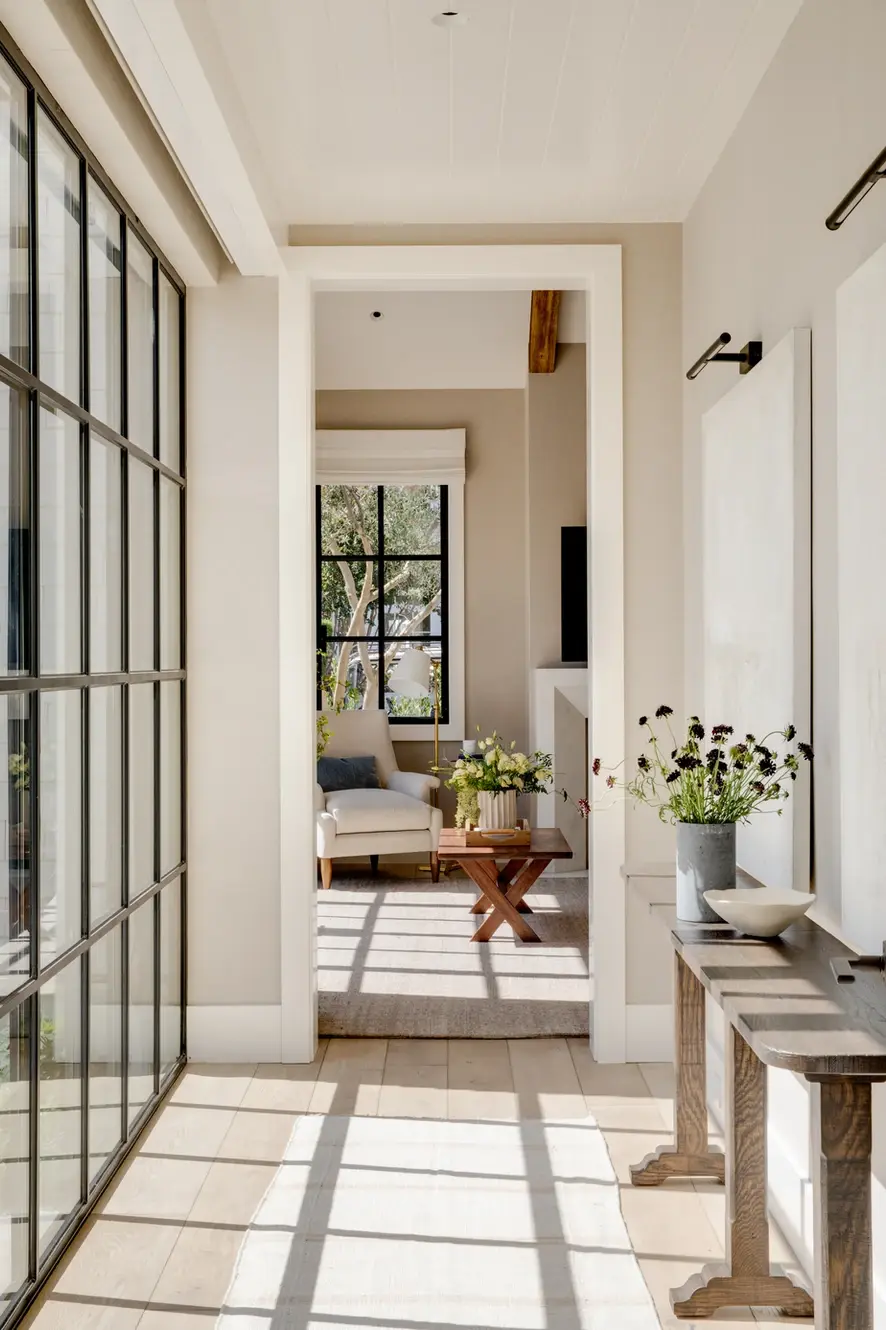Your Guide to a Comprehensive Construction Binder
- Brenna Knight
- Feb 5, 2024
- 3 min read
Updated: Sep 10
As an interior designer, you know that organization and clear communication are key to successful projects. One invaluable tool that helps streamline the construction process and mitigate errors is the construction binder. This dynamic document serves as the ultimate source of essential information, evolving throughout the project to keep everyone on the same page. From design specifications to material selections, the construction binder acts as a blueprint for the build team while serving as a safeguard against costly mistakes. In this guide, we'll delve into what to include in your construction binder, ensuring a smooth and efficient project execution from start to finish.
Whether it's a small renovation or a large-scale construction project, investing the effort into creating and updating a construction binder will ultimately save you time, money, and headaches in the long run. Lindsey Borchard of Lindsey Brooke Design swears by the effectiveness of a construction binder. She uses her spec book not only as a guide for the builder but also as a way to save you during those times that things go wrong. "It is our “proof” of the way something should be done, and it has helped us avoid costly mistakes on many occasions." Let's break down all the components of a comprehensive construction binder.

Design: Stefani Stein | Photography: Sam Frost
Creating a Spec Sheet
A spec sheet, short for specification sheet, is a concise document that outlines the key details and technical specifications of a product or project component. It serves as a comprehensive reference guide for interior designers, construction teams and trades, providing vital information such as dimensions, materials, performance characteristics, and installation requirements. At the heart of it, your spec sheet is where all of the thousands of decisions you've made in the design process live. We've found that a Google Sheet is the most effective place to compile all of the information. We recommend creating individual tabs for each of the following categories: cabinets, countertops, tile, hardware/accessories, plumbing, appliances, lighting, paint, wallpaper, doors/hardware/mouldings, and finish carpentry.
Within each of these categories, you want to include all the necessary information about each item. We recommend creating columns for the date presented, an image of the product, the room or area, product name, source link, dimensions, quantity, additional comments, and the status of the item. Every time you update your spec sheet, a new link should get sent out to your design team, and you should print a new copy for the on-site construction binder for the build team.

Design: Brooke Wagner Design | Photography: Mellon Studio
What to Include in Your Construction Binder
As an interior designer, one of your key roles is to guide the project along. A well-crafted construction binder keeps all of your information in one place and organized so that every member of your team is on the same page. We recommend having one in-house binder and one copy for the project site that the build team can use and reference as they build or remodel the home. Here is what to include in your binder:
Cover
Start each binder with a page with your logo and project name (last name / client & city)
Section One
General Information: overall flooring, paint design elements throughout the whole project, specs, tear sheets and quotes from representatives
Spec Book
Cabinet Shop Drawings
As-Built Architectural Drawings
Section Two
This section has the presentation mood boards and is organized by room.
Drawings: Construction Drawings / Renderings
Lighting: Specs & Tear Sheets
Tile / Stone: Specs & Tear Sheets
Plumbing: Specs, Tear Sheets & Quotes
Appliances: Specs, Tear Sheets & Quotes
Accessories: Specs & Tear Sheets
Once you have all of these components in your Google Sheet, print them out to assemble your binder. Lindsey Borchard recommends using plastic protective sleeves with tabs as section dividers and plastic protective sleeves for individual pages instead of punching holes. That makes changing out sheets with updated information simpler.

Your construction binder serves as more than just a blueprint; it's a dynamic tool that evolves alongside the project, ensuring clarity, cohesion, and accountability every step of the way. By meticulously documenting design specifications, material selections, and contact information, you empower the build team to bring your vision to life with precision and confidence. If setting up this comprehensive document seems taxing, our Spec Book + FFE Schedule templates was designed to create an organized, easy-to-edit point of reference for everyone involved in your project. These thorough Google Sheets are easily customized to your brand and can be duplicated for all of your projects. This bundle saves your interior design studio time, while also elevating another touchpoint of your business.


